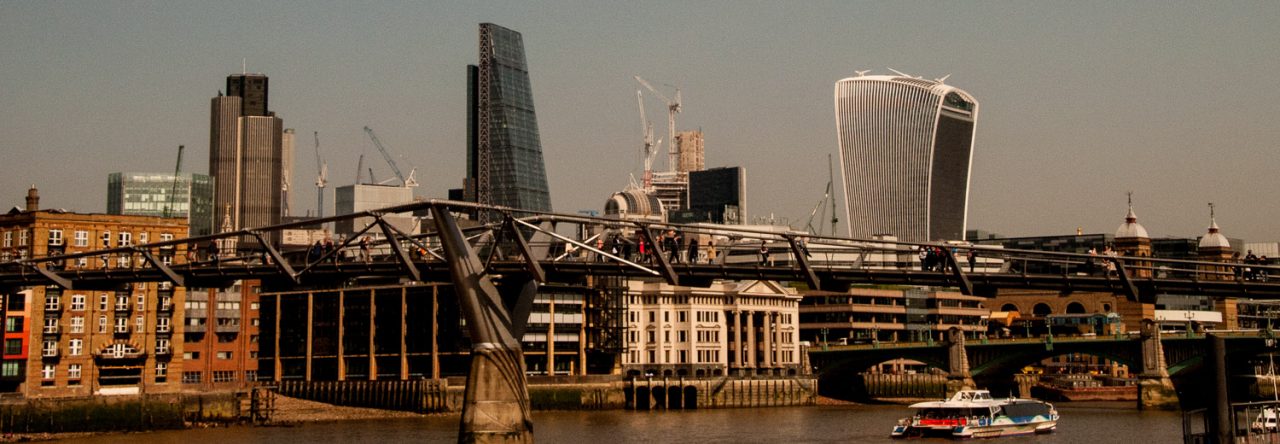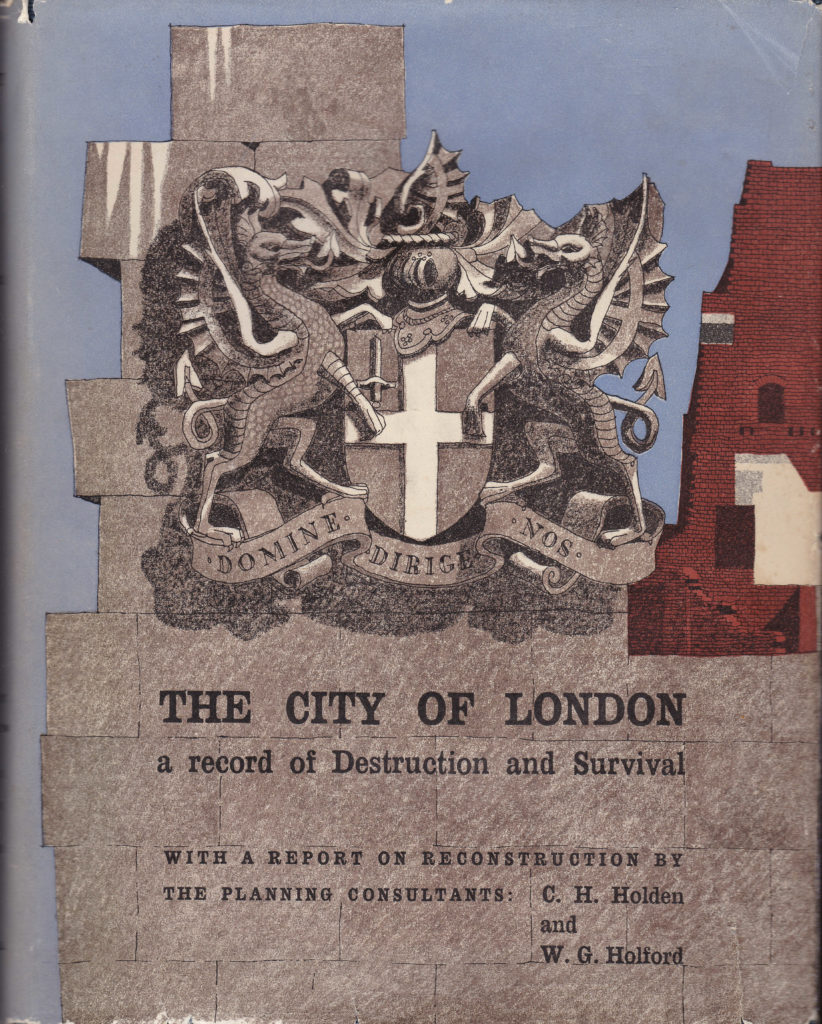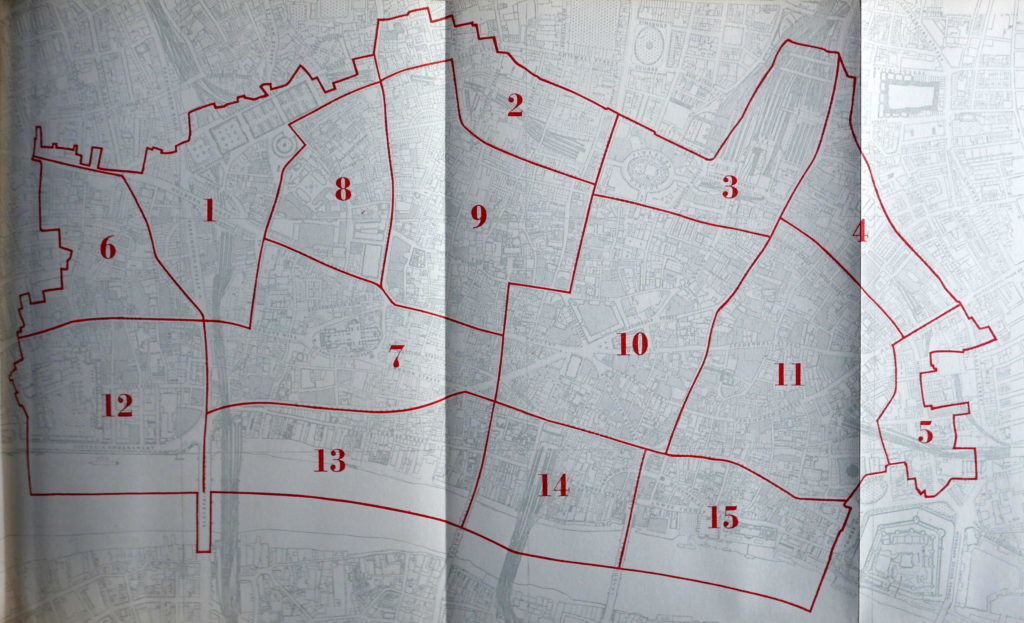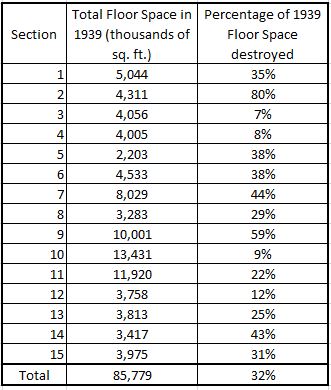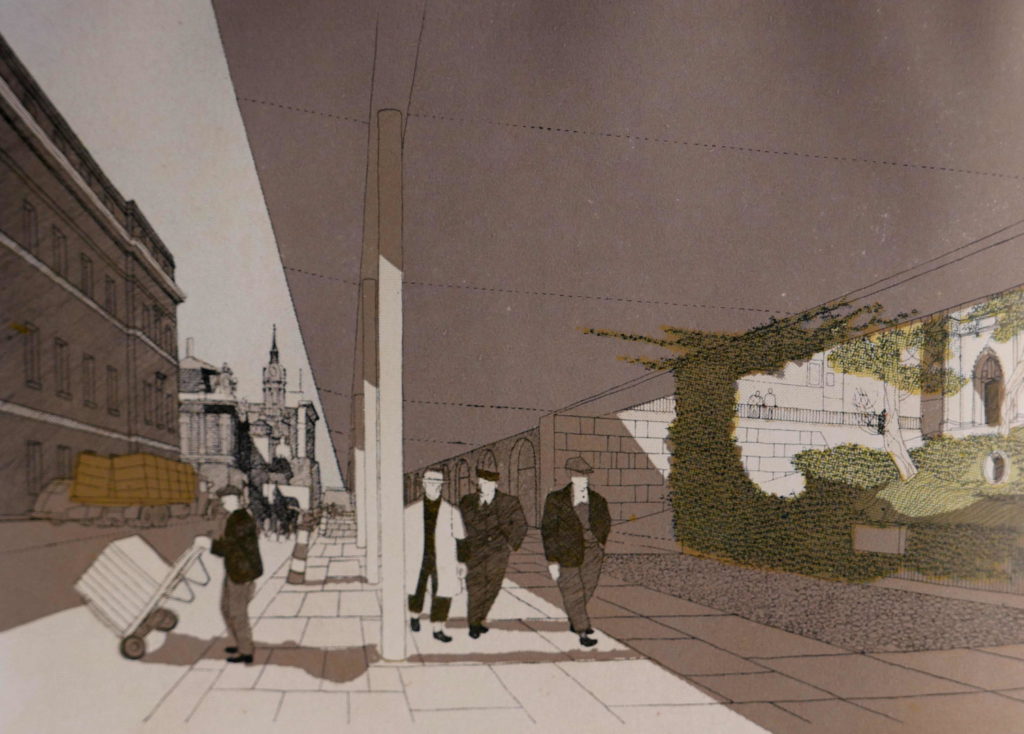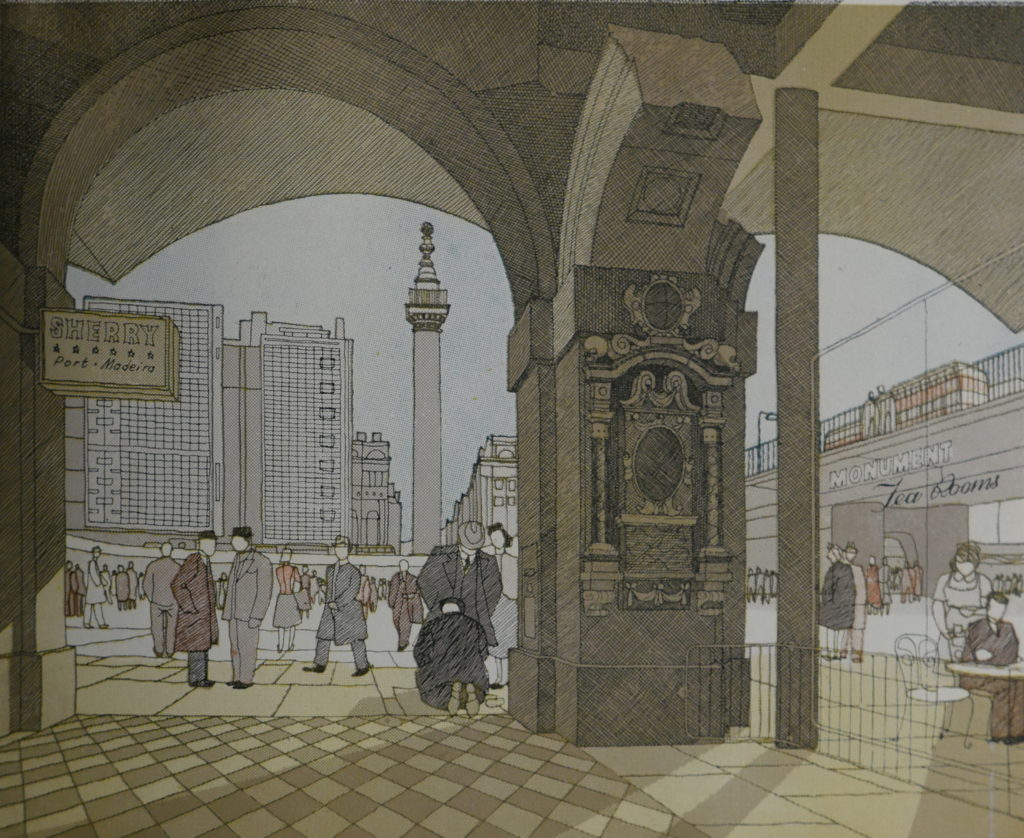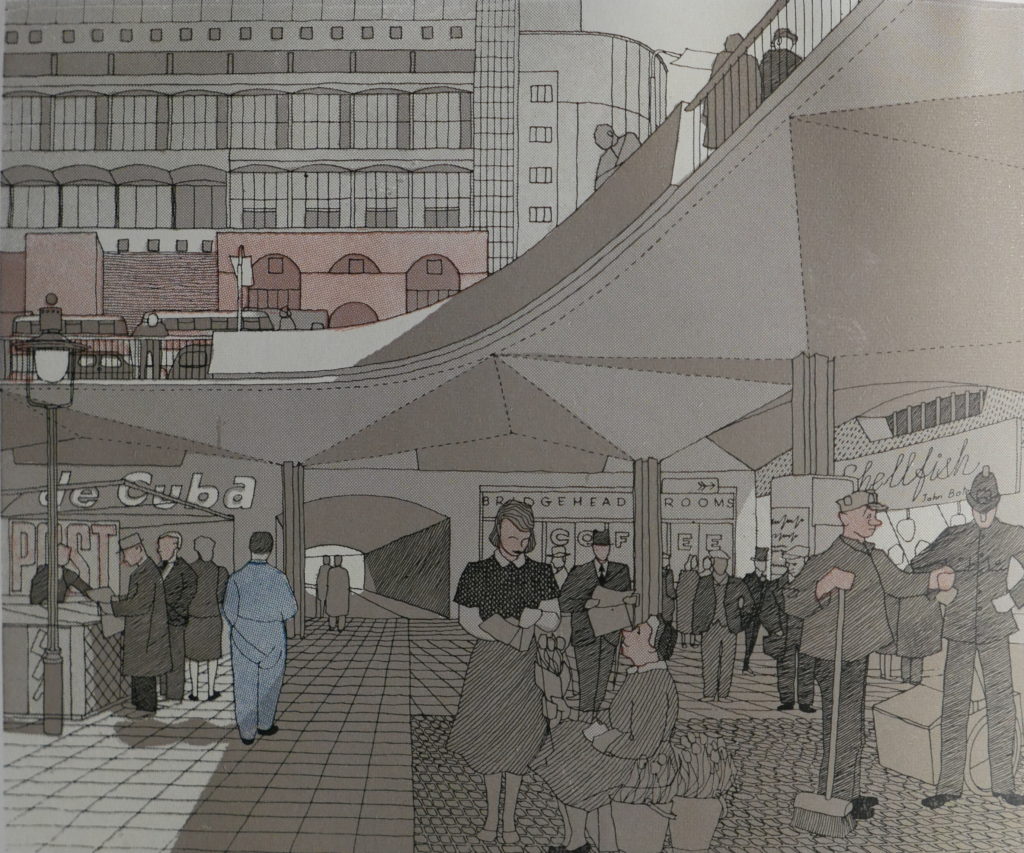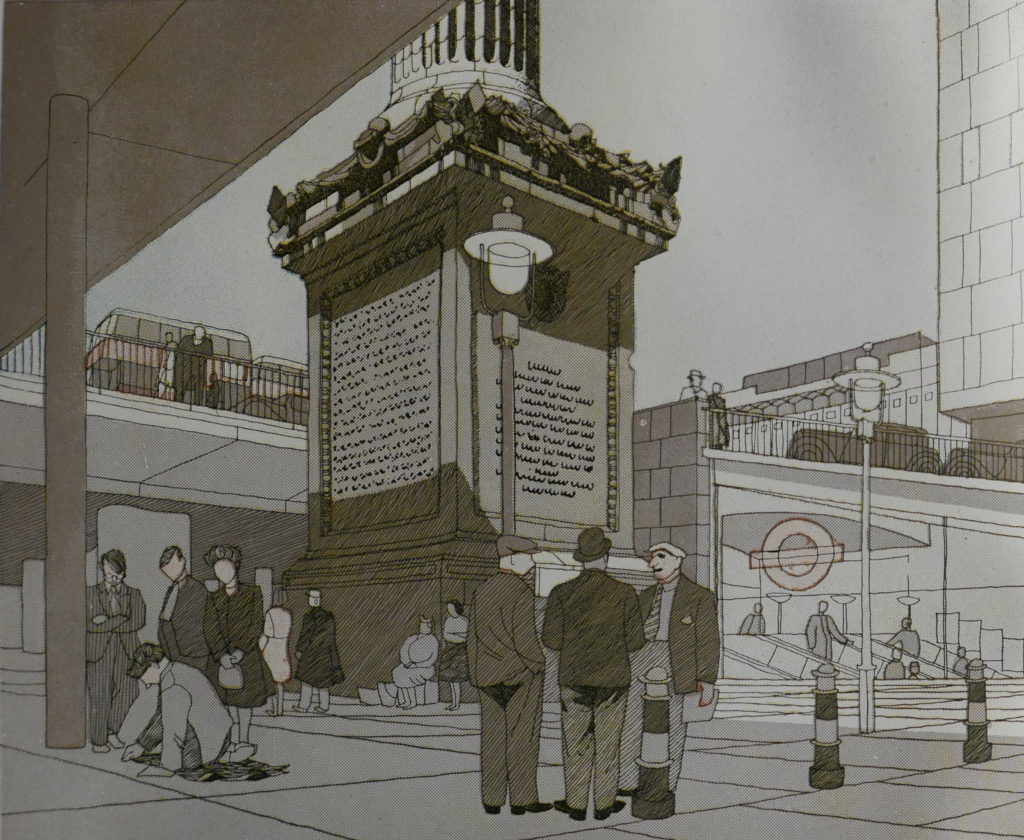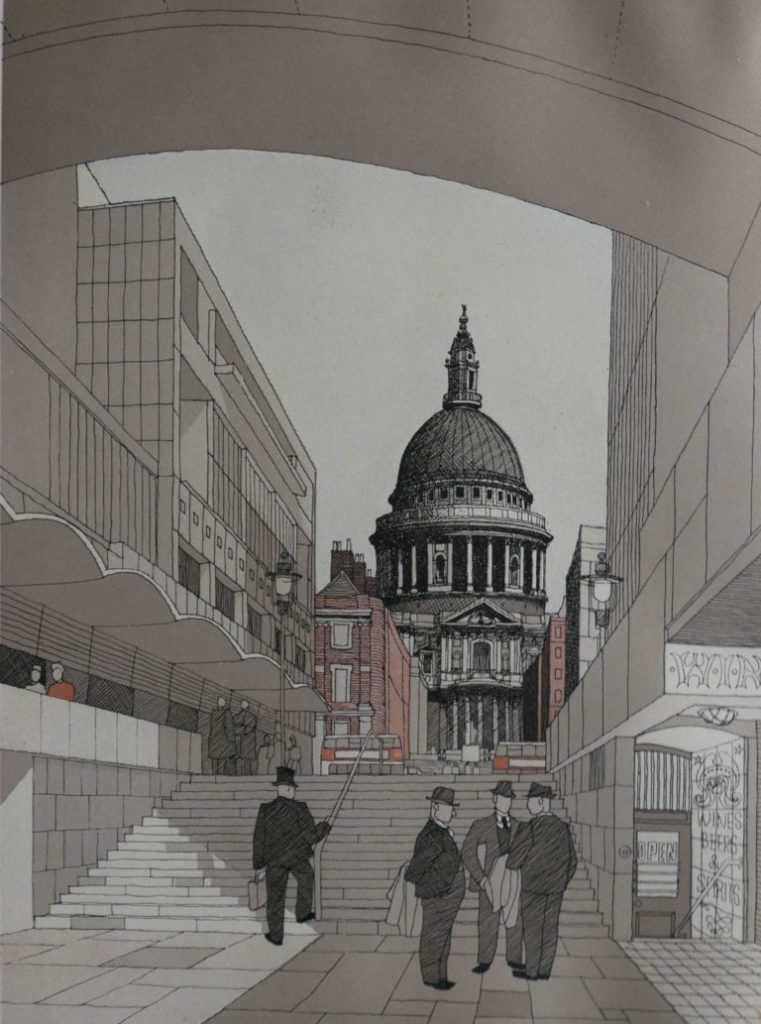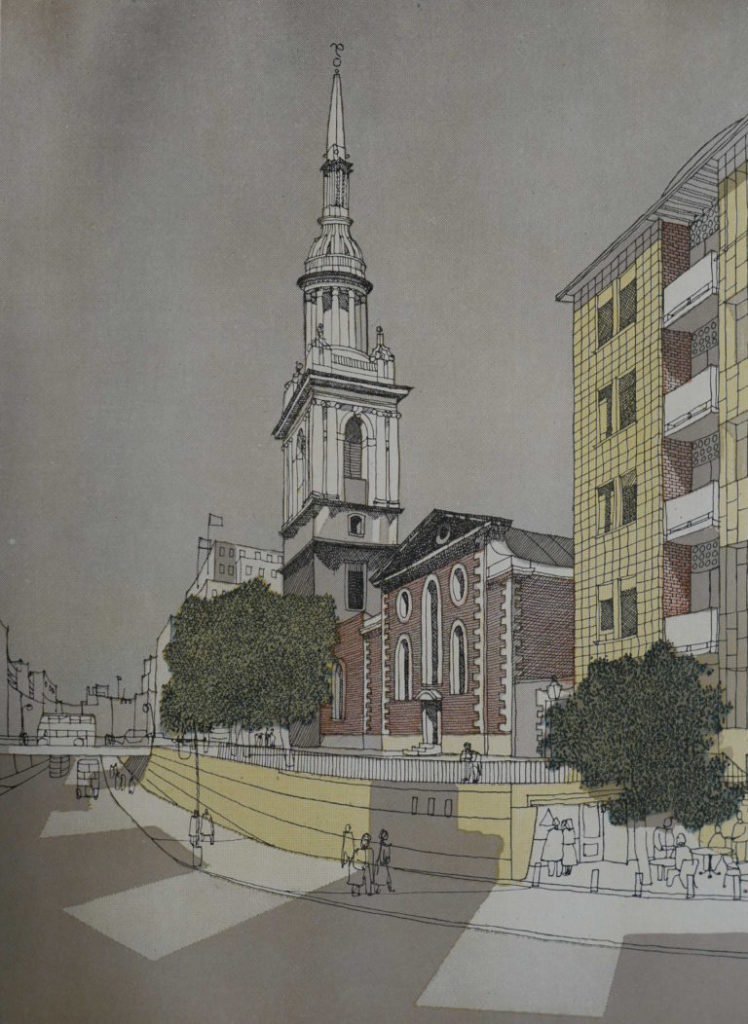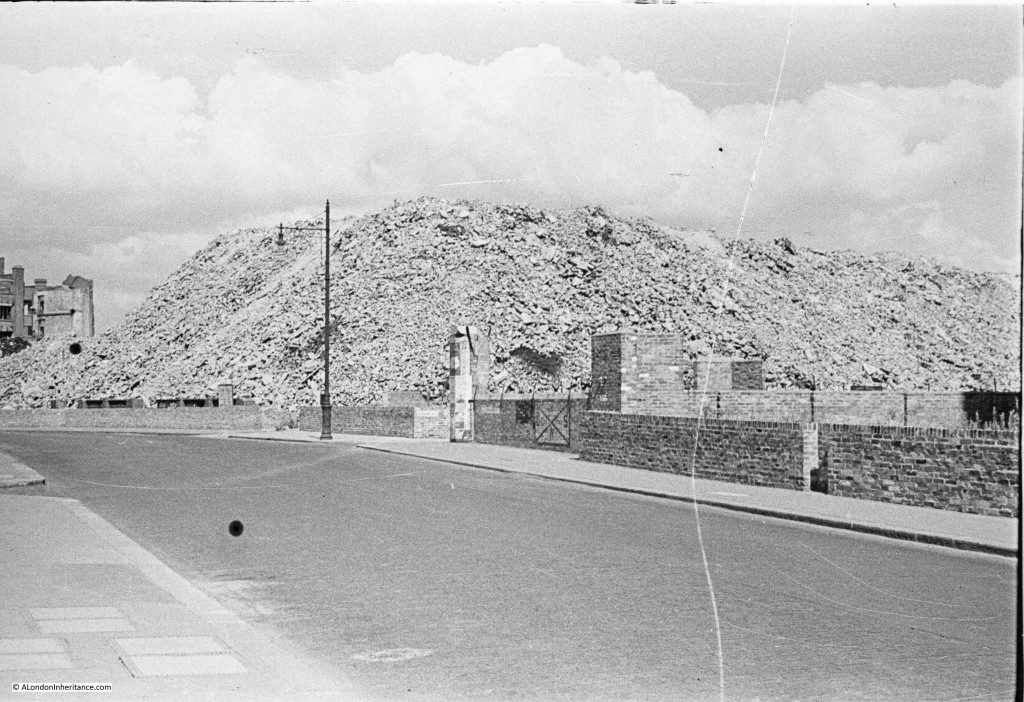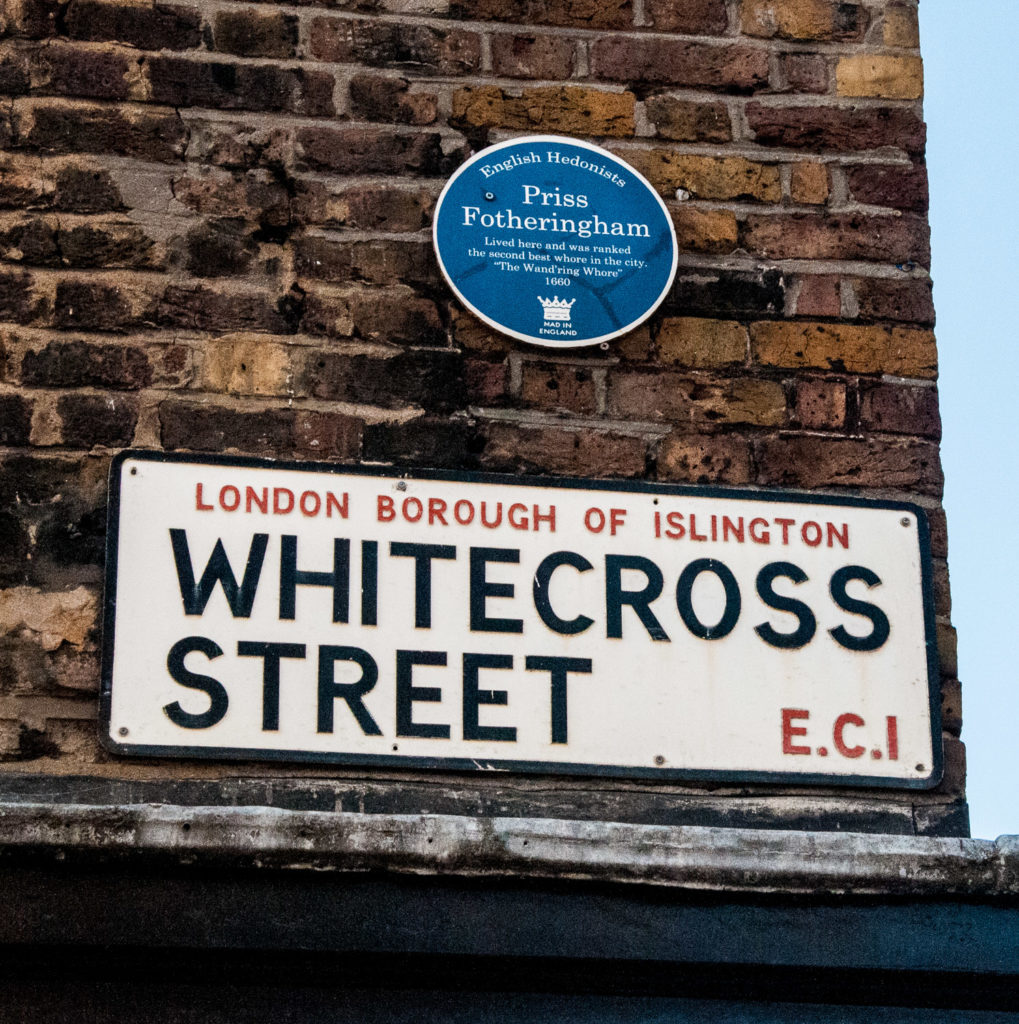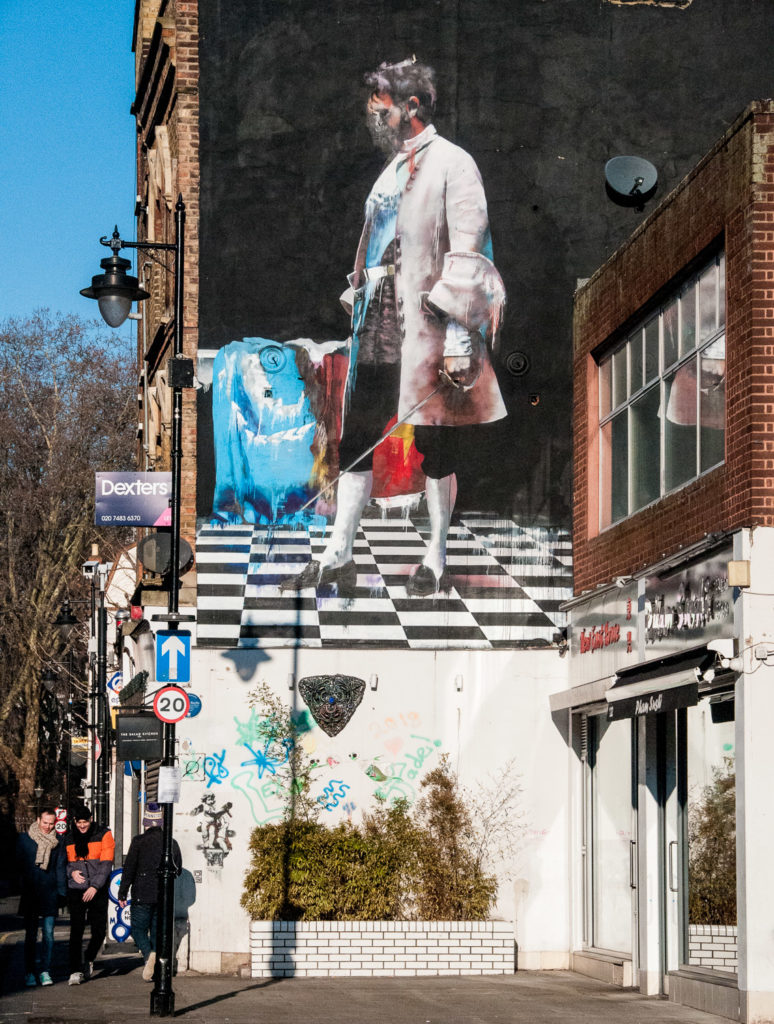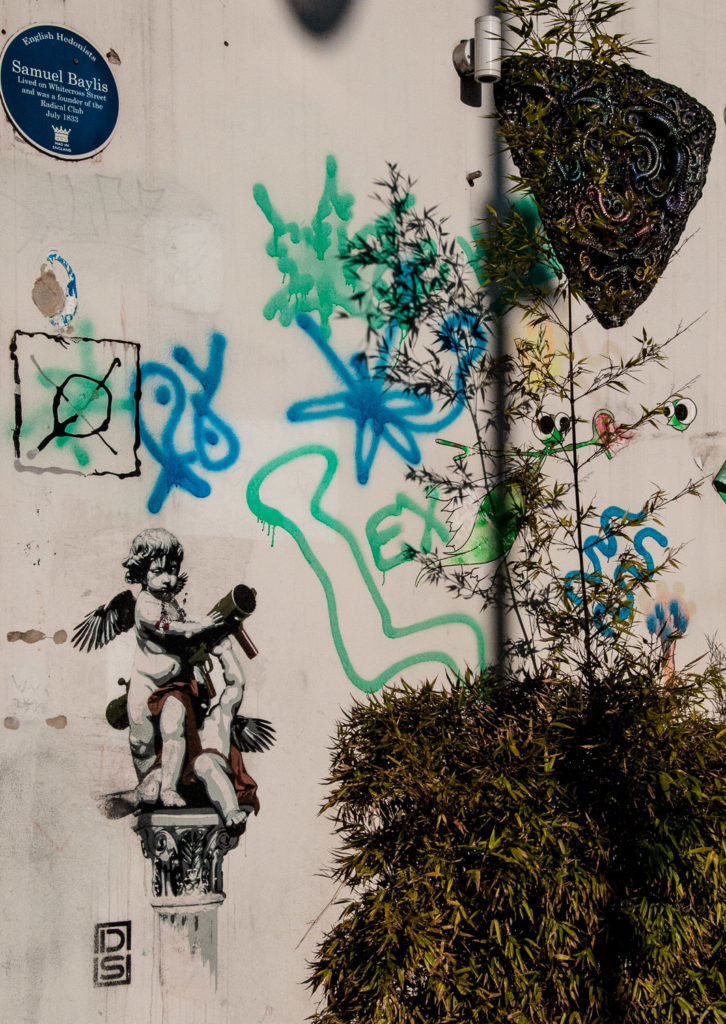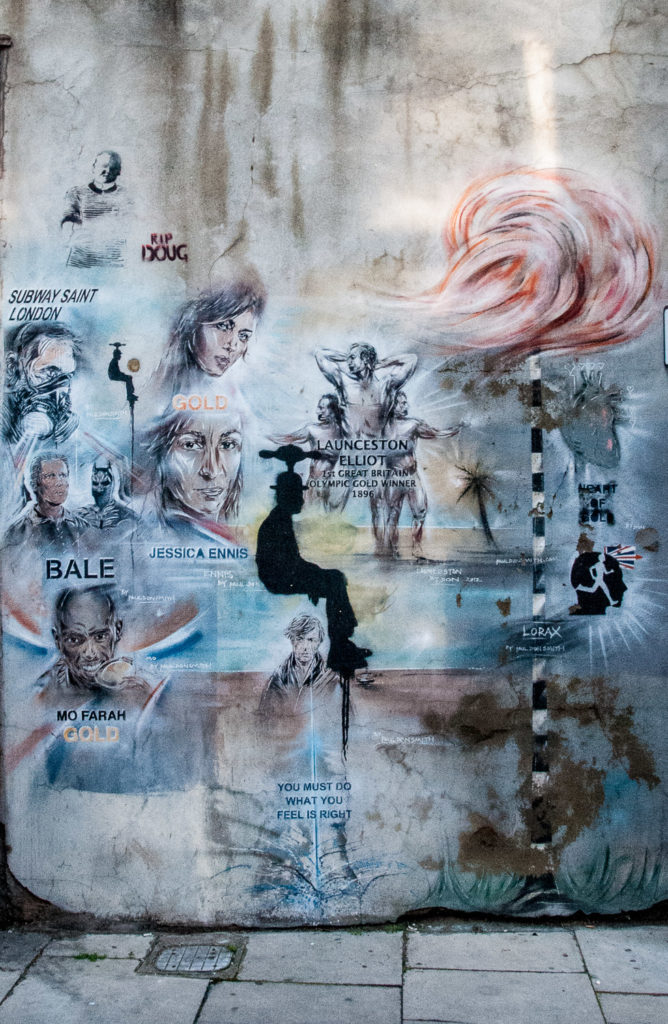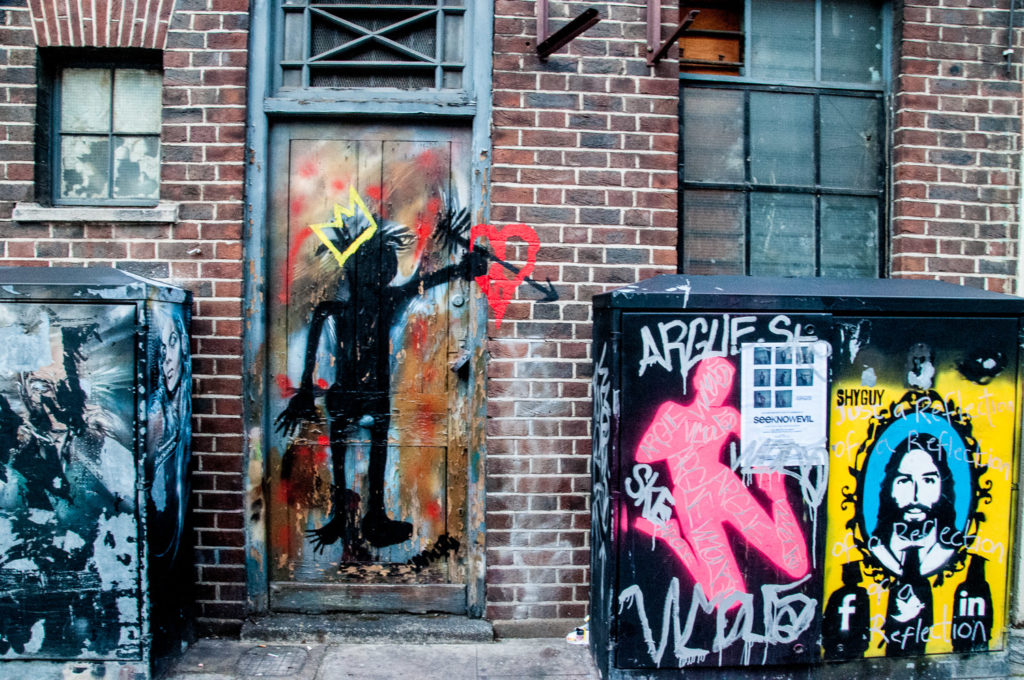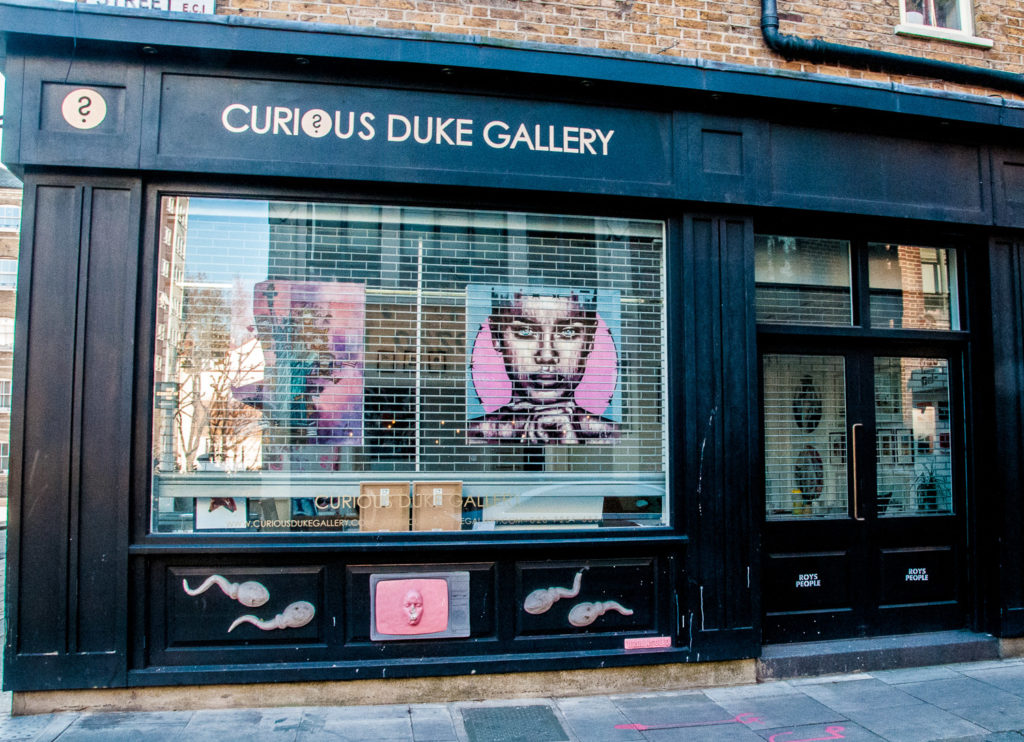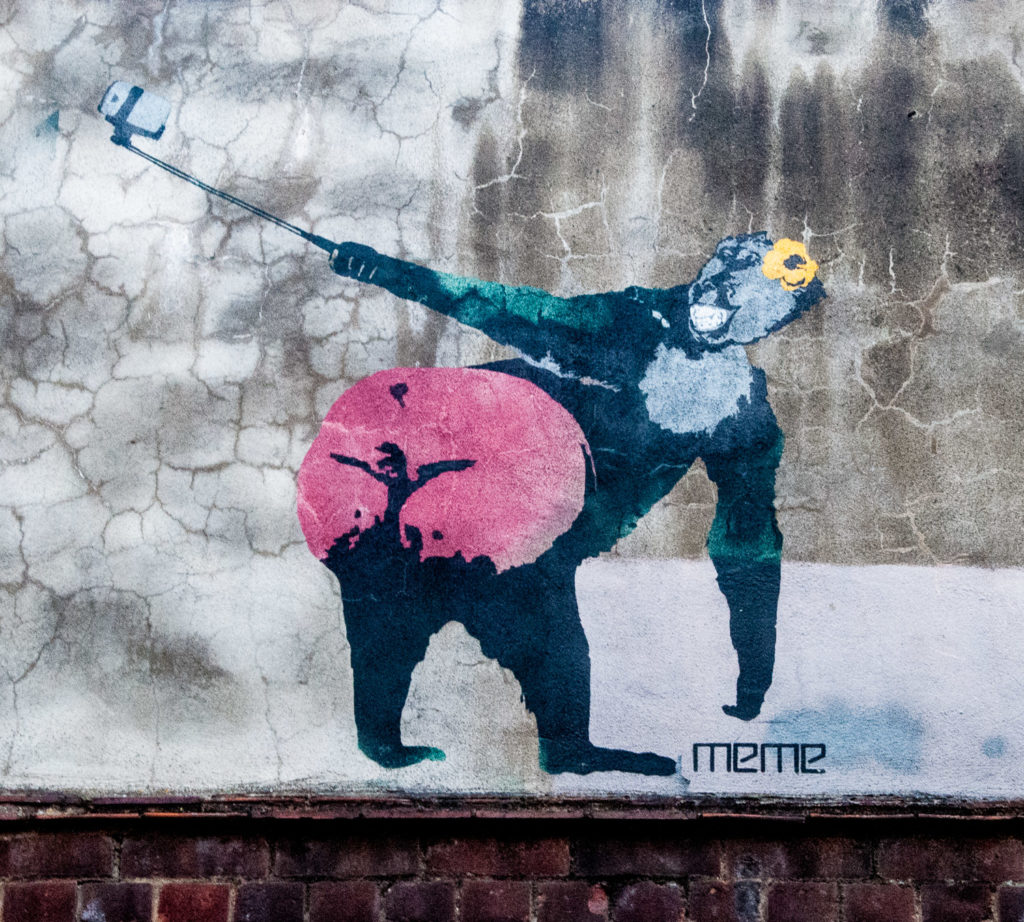One evening in April 1718 a comedian named Bowen (described as a ‘hotheaded Irishman’) was drinking copiously in the Pope’s Head Tavern. Having worked himself into a ‘transport of envy and rage’ he sent for an actor, a comedian and competitor called Quin. As soon as Quin entered, Bowen planted his back against the door, drew his sword, and bade Quin draw his. Quin remonstrated in vain and at last drew in his own defence, trying to disarm his antagonist. Bowen eventually received a mortal wound, of which he died in three days, ‘confessing at last his folly and madness’. Quin was tried, and honourably acquitted. This story, from British History Online*, sent me searching for the scene of the affray – logic telling me that it must be in Pope’s Head Alley (EC3V 9AY).
Sadly the Tavern no longer exists and the alley has been shifted a little to the east from its original location.
It looks a bit sterile from its Cornhill entrance (it leads to Lombard Street) and I wasn’t going to bother to walk down it …
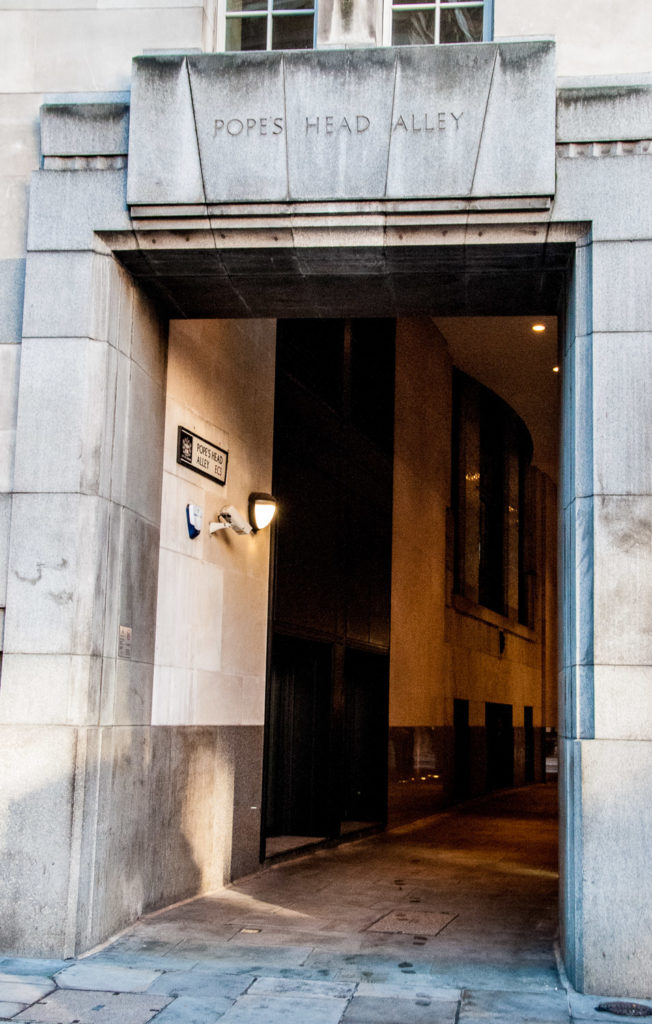
I am glad I did though, because first of all, looking up, I noticed this line of bees and bee hives …
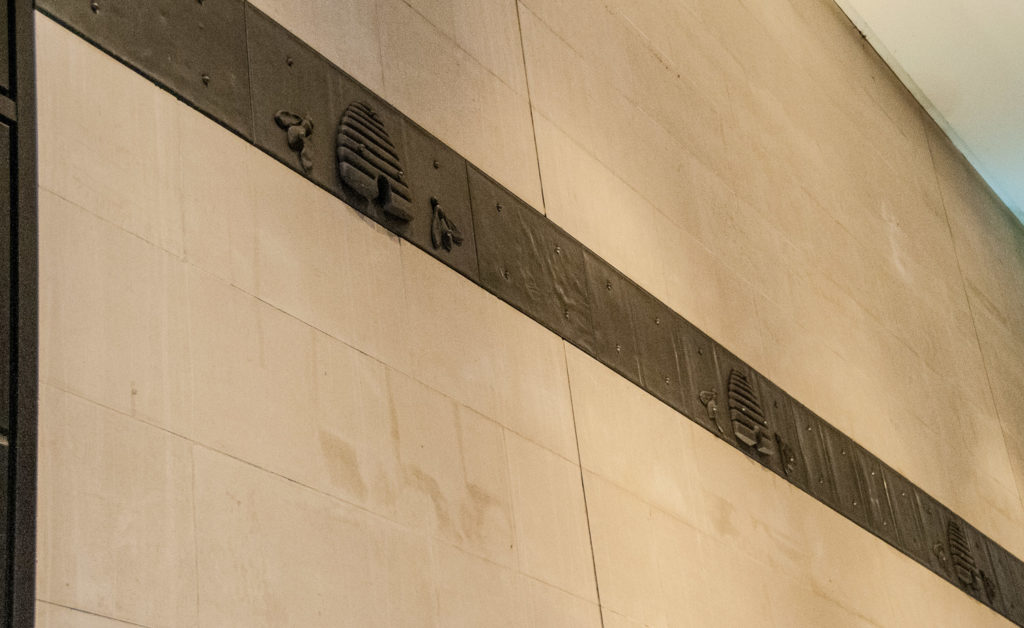
Here is a close-up of one of them …
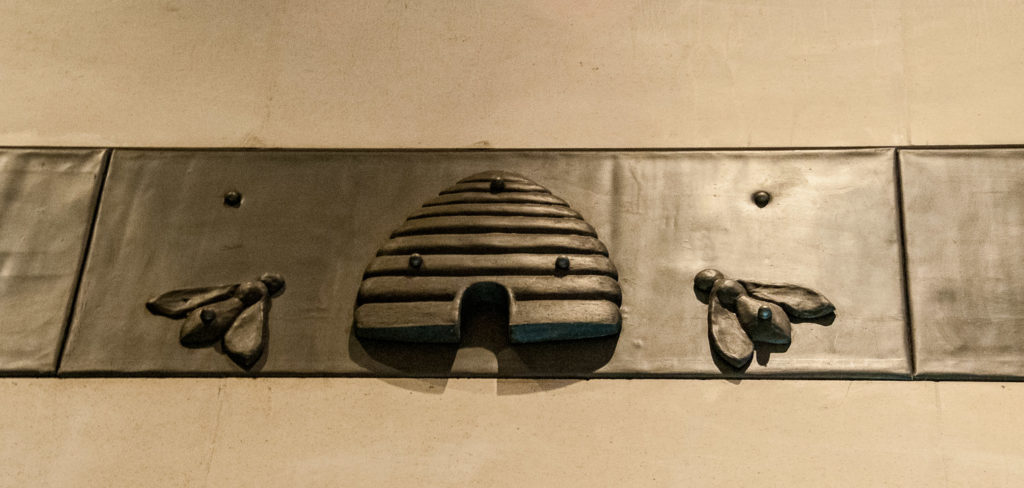
And then came across the Pope himself …
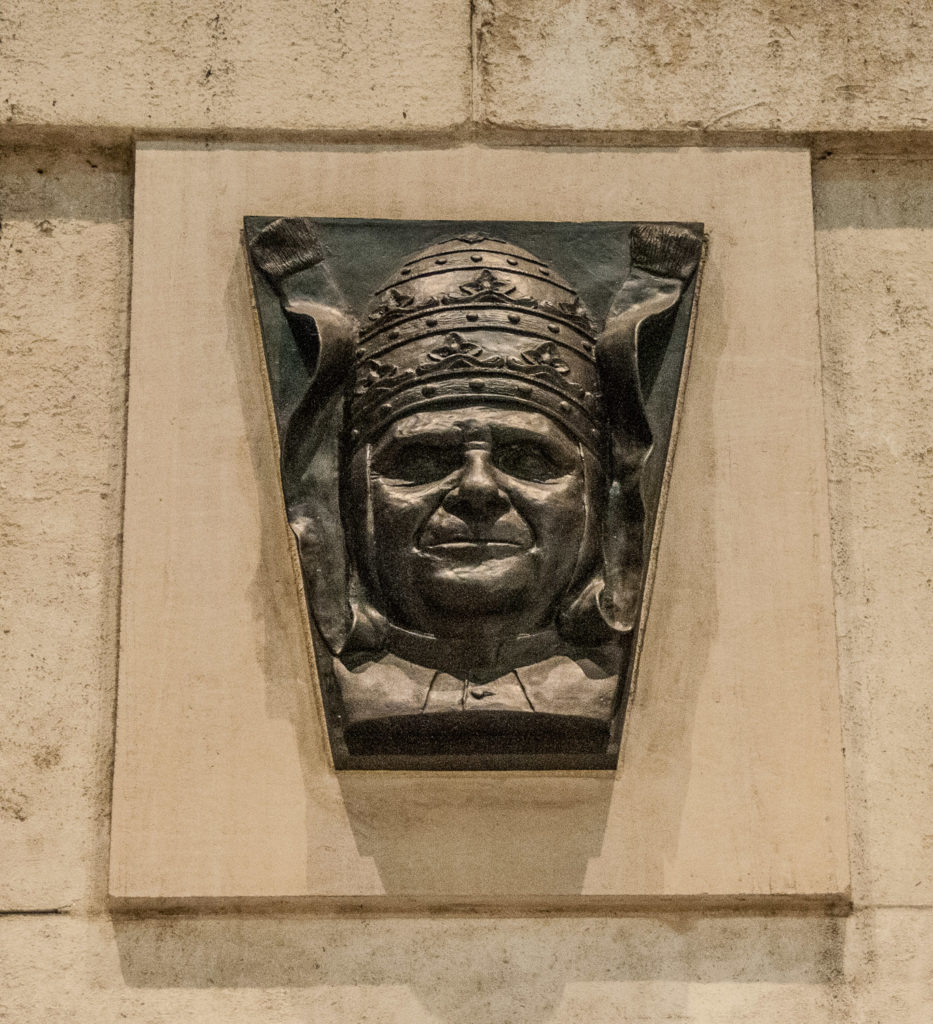
The bee symbol was traditionally associated with the Barberini family and, in particular, the 17th century Pope Urban VIII Barberini. I honestly don’t know if this is the reason for the bees but that’s my hypothesis.
Below the Pope’s head there is metal fence incorporating the galloping Lloyd’s Bank horse …
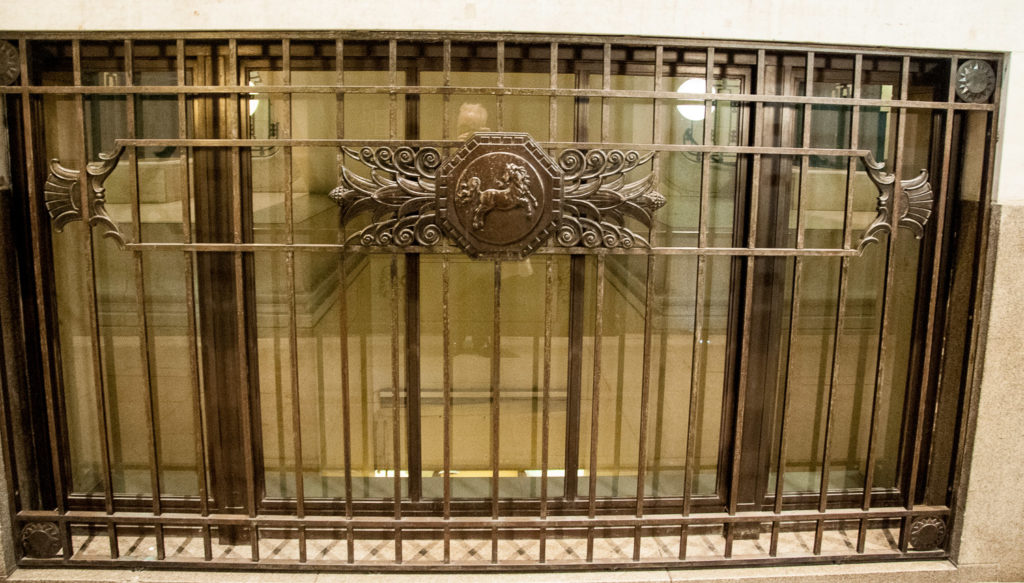
So the moral of this tale is – don’t judge an alley by its entrance.
I went on enthusiastically to explore more. I know it’s a cliche, but the phrase ‘stepping back in time’ really does come to mind with some of them.
For example, here is a picture I took of Ball Court and a side entrance to Simpsons’s Tavern …
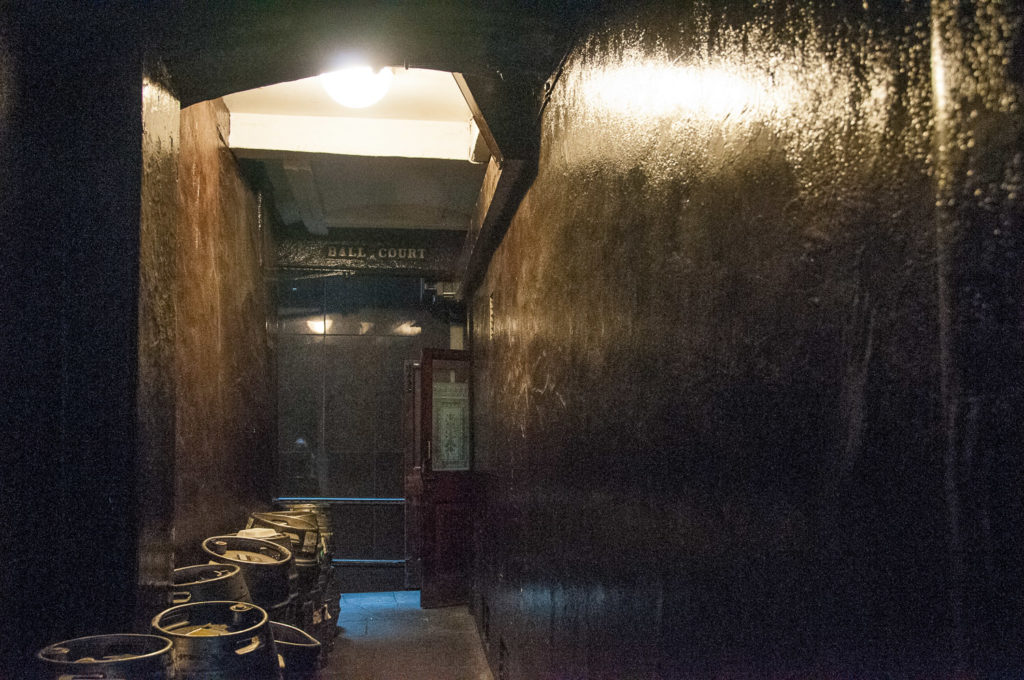
The Tavern’s full address is Ball Court, 38 1/2 Cornhill (EC3V 9DR). It still looks authentically 18th century …
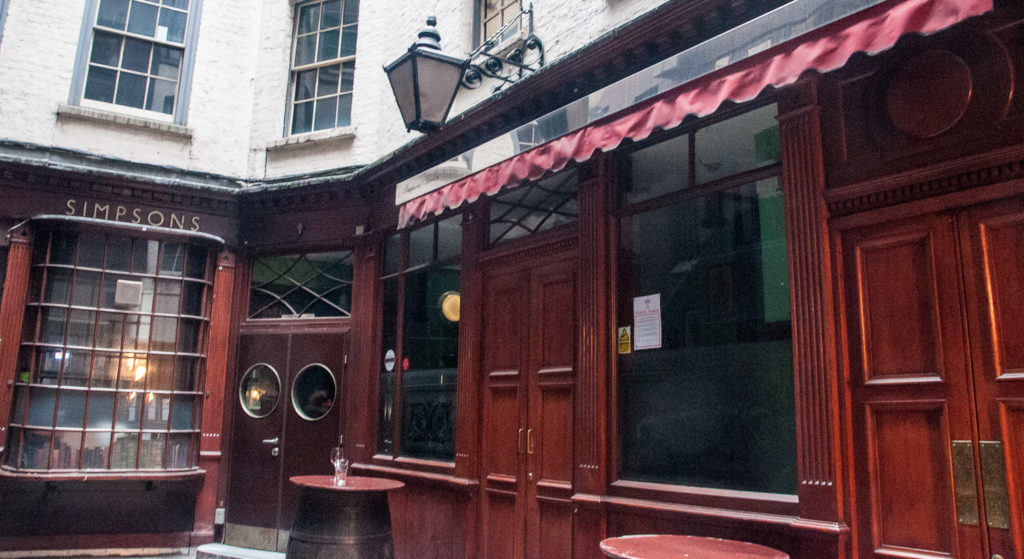
On Cornhill you will find the entrance to Sun Court (EC3V 3NB) …
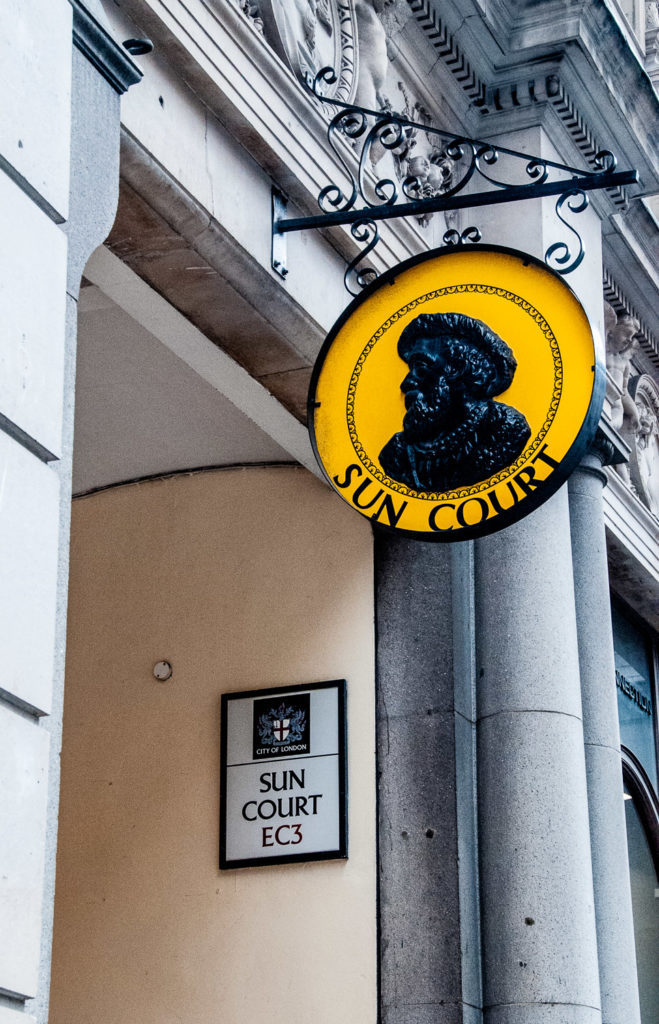
At the end of the alley the scene opens out considerably …
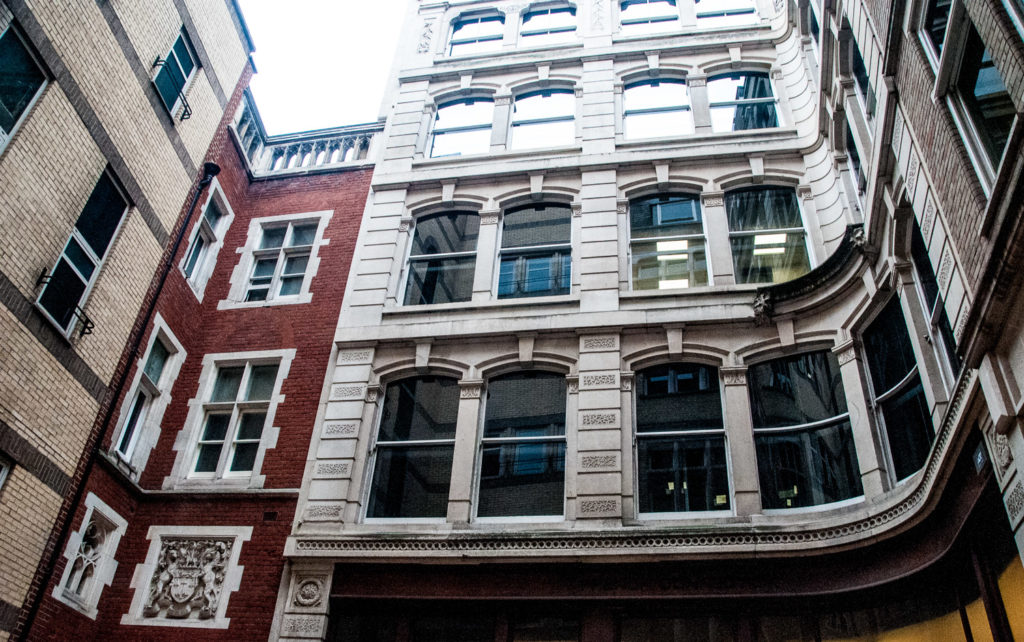
You are looking at the rear of the Merchant Taylors’ Hall with its lovely curved glass windows. There is a nicely carved rendition of the Merchant Taylors’ coat of arms …
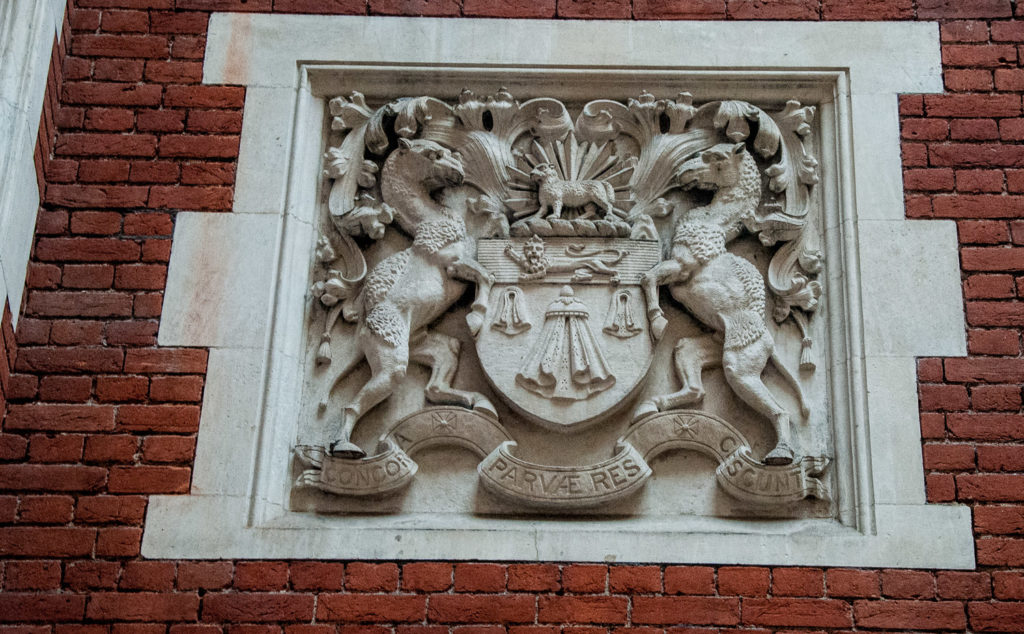
Here is the full colour version …
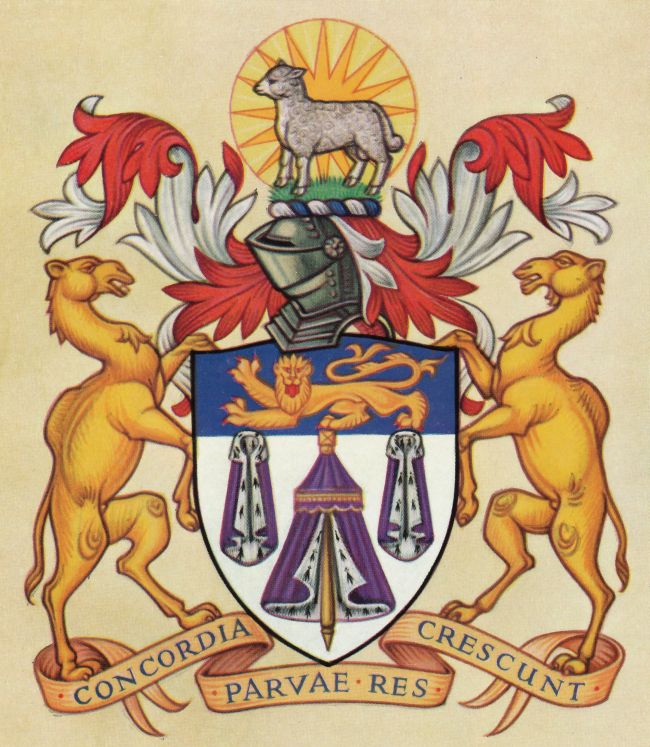
The motto is a quotation from Gaius Sallustius Crispus: ‘Concordia parvae res crescunt, discordia maxumae dilabuntur‘ : with harmony small things grow, while with discord the mightiest are ruined.
Further along Cornhill another nice surprise awaits you in White Lion Court (EC4V 3NP) …
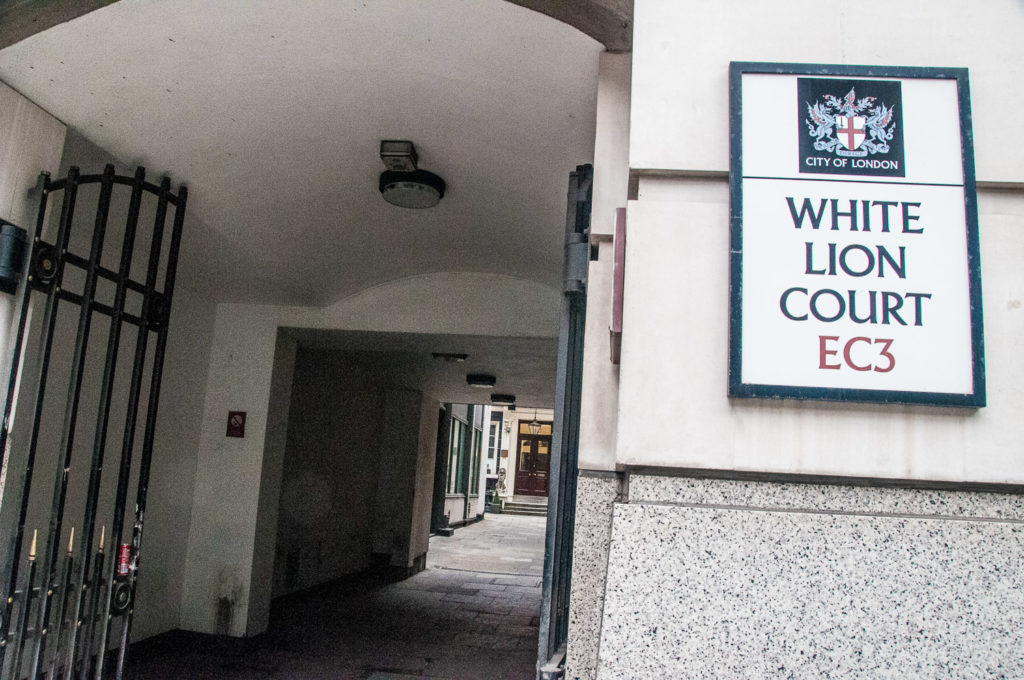
Once inside you find yourself facing this stunning four-storey house, said to date from 1767 …
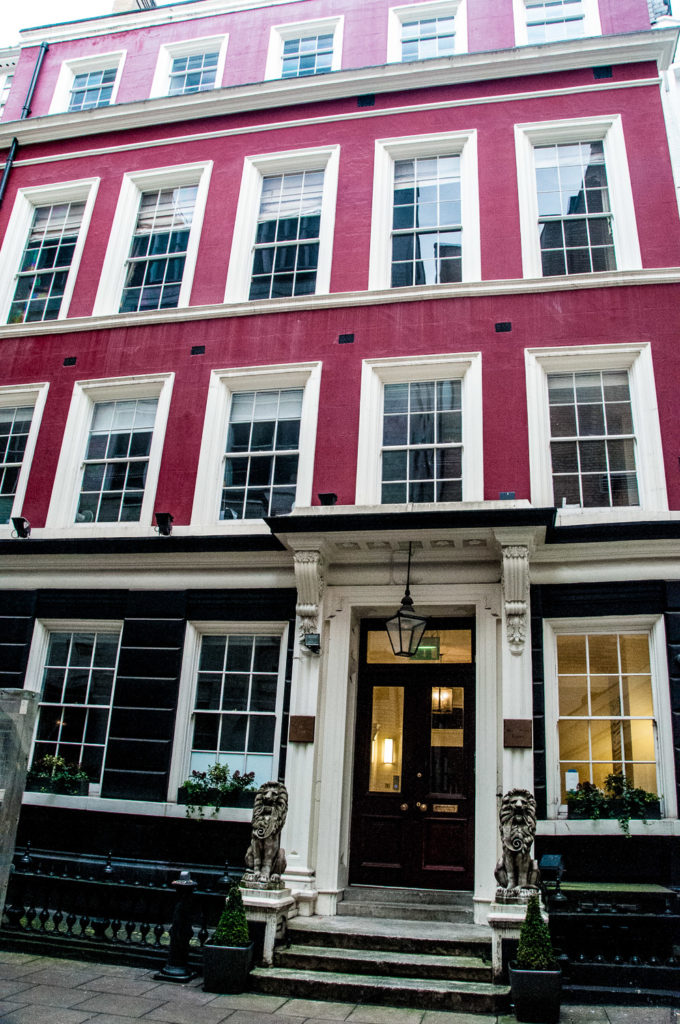
Probably originally the home of a wealthy merchant, it was once the offices of Lloyd’s Register of Shipping.
On the wall is another emblem of the Merchant Taylors’ crest …
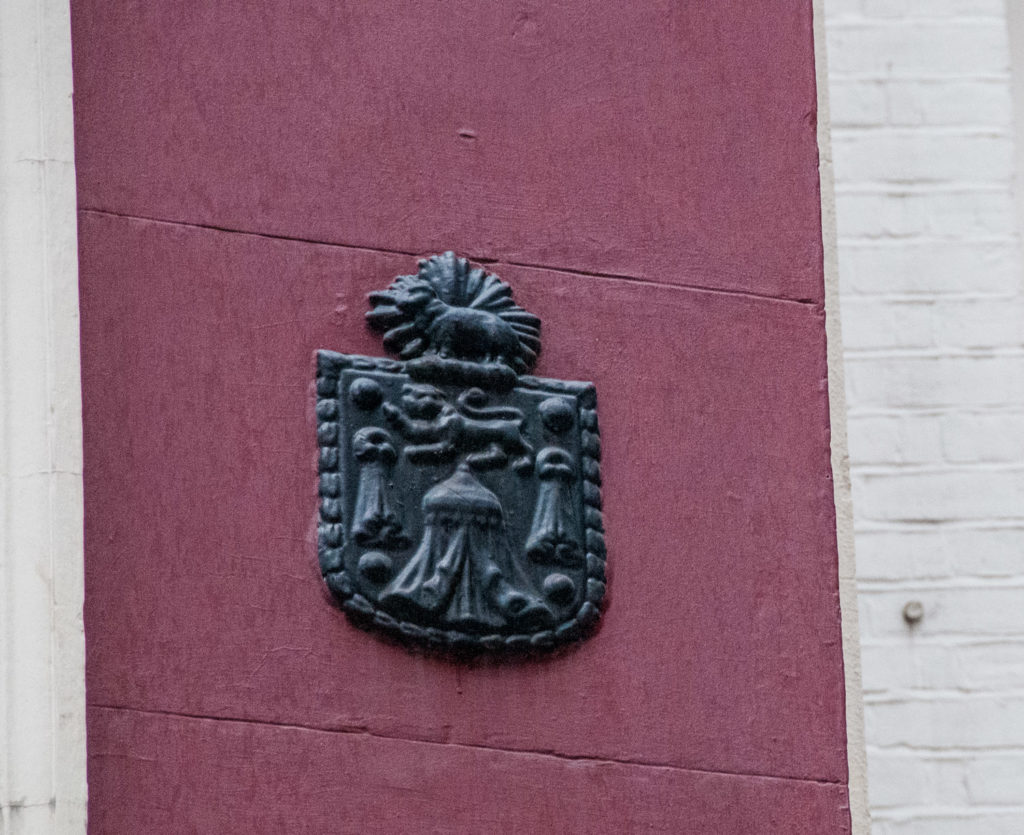
And a nice example of the Parish Boundary mark for St Peter Cornhill …
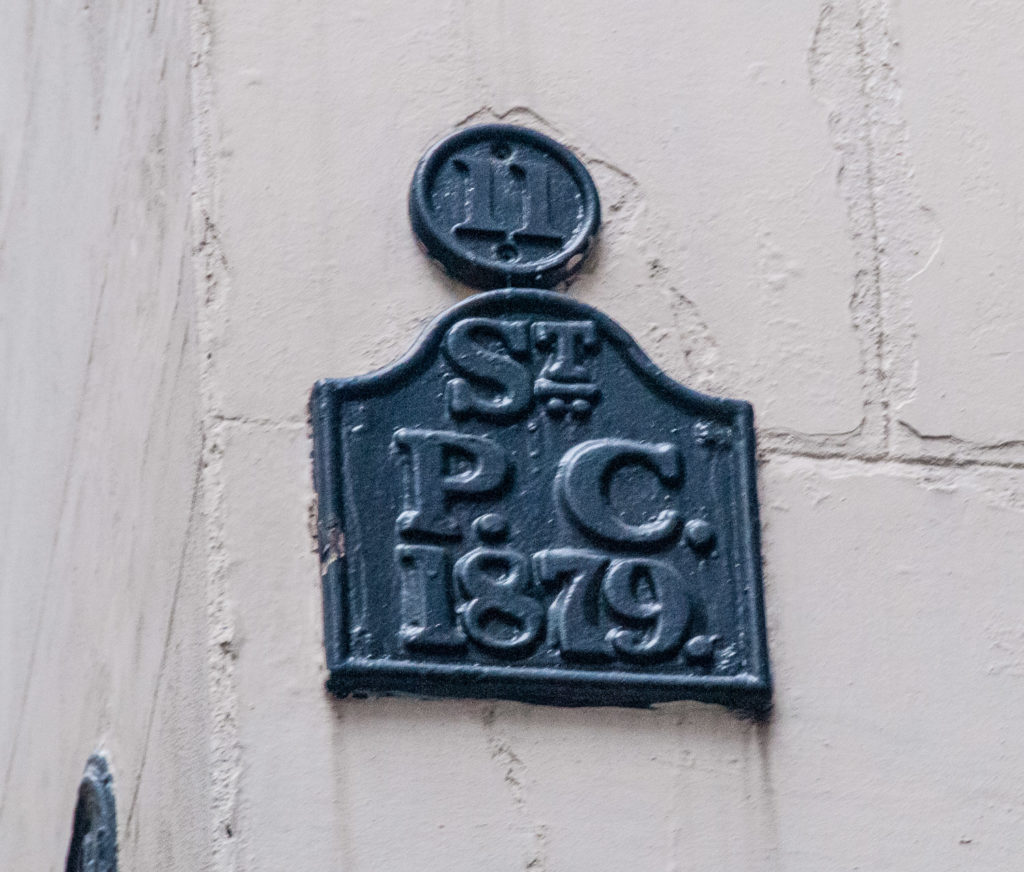
I hope you have enjoyed this short tour through some of the City’s courts and alleys. There are many more to visit and I shall cover them in a future blog.
*Incidentally, there are a number of versions of the fight between Quin and Bowen and not all of them coincide with the British History Online account. The fullest I have found appears in the book The Life of Mr James Quin, Comedian, from his commencing Actor to his retreat to Bath. It was published in London in 1766, includes an account of Quin’s trial, and can be found online here.
